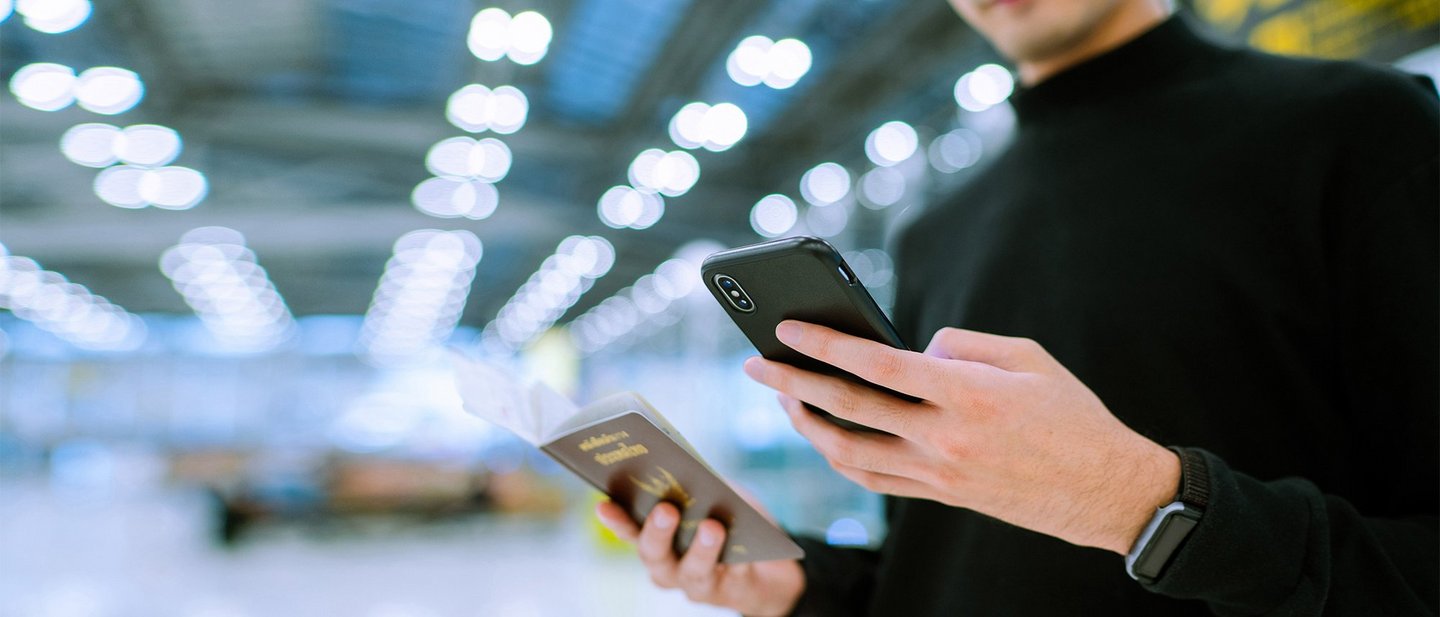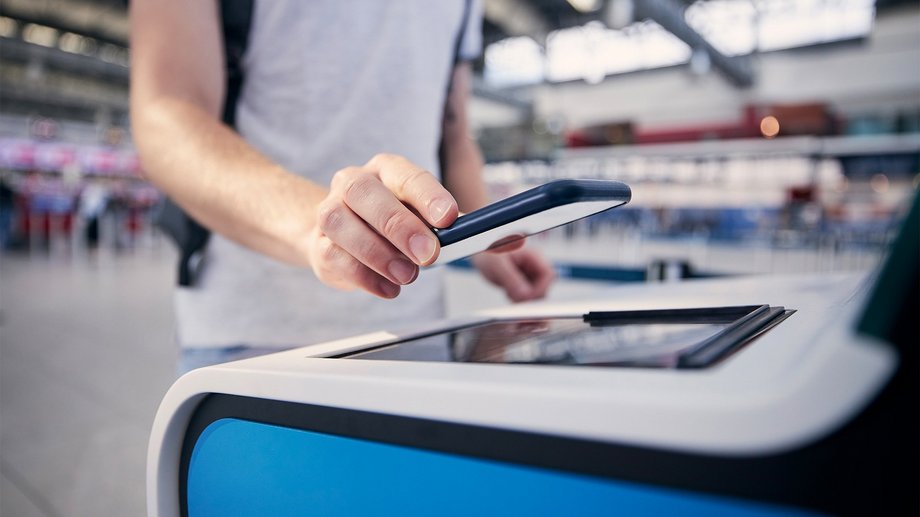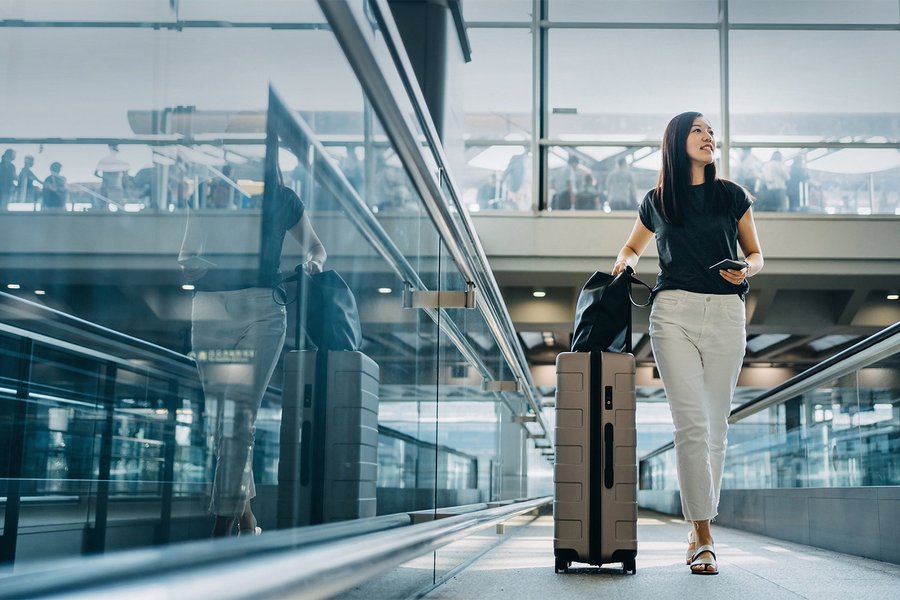It’s not just the travel industry that’s embraced such responsive change. In recent years, government services that support international travel have also undergone major digitalization development. As a result, the entire airline and airport experience has become more congenial – and more efficient – while security systems have been constantly upgraded.
In Denmark, for example, which, according to the UN, provides one of the best holistic public digital services in Europe, the public sector has worked to provide an inclusive and expansive service, ranging from digital health passport apps to eIDs and top-of-the-line ePassport solutions.1
COVID-19 has changed the way we travel. There has been an obvious prioritization of hygiene, and contactless experiences at borders have become the norm. But what deeper lessons has passenger travel during the pandemic taught us?




